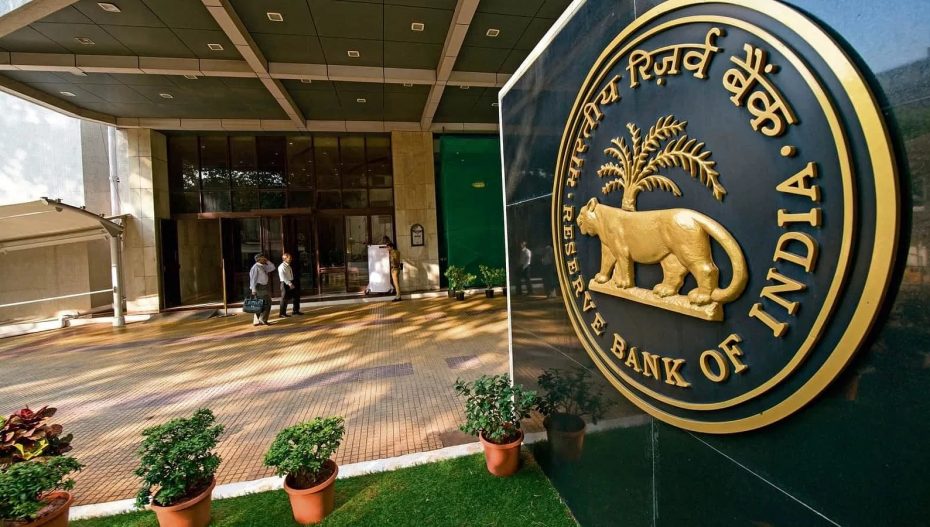RBI and the Indian government have always been belligerent towards each other. However, this is the first time a senior government official has accused Rajan, the former governor of the Reserve Bank of India, of favoring developed nations by keeping interest rates low.
The government has sought an investigation into the RBI’s true motivations for making such decisions.
Before Narendra Modi came to office in 2014, the RBI was run by Raghuram Rajan, who was chosen by INC. During the BJP’s tenure, Urjit Patel was appointed governor. With the demonetization of the 5,00 and 1,000 Indian rupee notes, Urjit Patel backed Modi.
Due to inflation, Rajan kept the repo rate (the rate at which the RBI lends) at 8% in 2014. By June, the rates had fallen to 7.25 percent, but they remained unbalanced in August 2015.
An unhappy Modi Government publicly criticized the RBI for not cutting down rates and demanded a fall of interest rates to 5.75%. Finance secretary Mehrishi accused the RBI of looking down on Indian businesses and helping foreign ventures. He shrugged, saying that the only beneficiaries of the RBI’s interest rates are developed nations.
While the government tried to revive an economy battered by demonetization, the central bank held rates steady during the MPC meeting in April 2017.

















